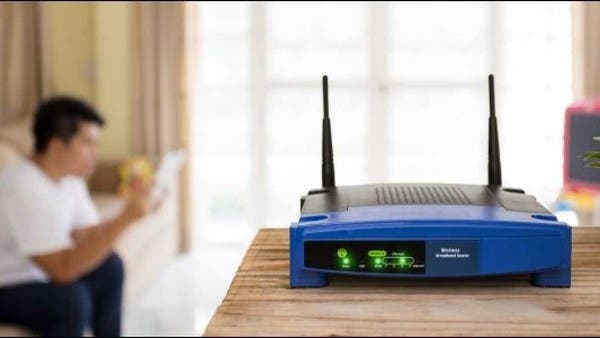
[ad_1]
Cybercriminals are always on the lookout for unsecured Wi-Fi networks as they use them to attack connected devices, steal personal information, or download illegal files through your router, and to prevent all of this you need to make sure that your Wi-Fi network is well protected. .
Here are 4 tips to help you protect your home Wi-Fi network from strangers:
1- Check the devices connected to your network:
If you want to protect your home Wi-Fi network, the first steps are knowing which devices are connected to that network and excluding unknown devices. For that, proceed as following:
Make sure your computer is connected to your router, either via wireless or cable.
Open your computer’s web browser and enter your network’s IP address in the address bar.
• After accessing the router settings page, navigate to the Connected devices section, which displays all the devices connected to the router, where you will usually find them sorted by IP address, device number or name.
• Here you can search for your connected devices, such as: computer, phone or tablet. And if you can’t identify specific devices, turn off Wi-Fi for each device one by one to discover devices that don’t belong to you.
• If you have turned off all your devices and find that an unknown device is still connected, remove it immediately.
You can also use a program to do it automatically, such as: the free program (Wireless Network Watcher), which scans the Wi-Fi network and tells you which devices are connected to it automatically, so that you can run it every time you want to check or operate it to monitor the connected part at the same time. Real.
2- Protect the Wi-Fi network against unauthorized users:
Even if you check the devices connected to your network, you may find intruders, or you may not find them, in either case you can protect your Wi-Fi network by encrypting the connection, as most routers offer multiple options to encrypt the connection.
But avoid routers that offer outdated, easy-to-bypass WEP encryption, instead look for devices that offer an encryption type starting with (WPA2) or (WPA2-PSK AES) as these protocols allow you to encrypt the Wi-Fi network. and ban hackers or cybercriminals.
3- Change passwords:
If you find someone stealing your Wi-Fi connection, the first steps to avoid this are to strengthen the router’s security measures, adding a strong and complex password, and changing the name of the default network. Once these measures have been applied, disconnect all your devices and restart the router, then reconnect your devices. And if you have an older router that doesn’t support such features, it’s time to consider purchasing a new router.
4- Create a private network for the guests:
Friends and family always want to use the Wi-Fi network during your visit, but to protect your devices and keep them away from their own, you can create their own private network or what is called the guest network (guest network) in your router.
This way you can share your internet connection with your guests while keeping them away from your main network, preventing them from seeing shared files and services, and to avoid confusion with your main network, set up a (guest network) in using a different network name (SSID) and password.
However, you must maintain the same level of security as your main network, which means creating a strong password and restricting access to shared files and devices, and making sure that (local access) is set to OFF, which will prevent guests from playing with your system.
Source link